What Happened To InVision Studio. Why Did It Fail?
Apparently, you can have all the money and goodwill in the world and still f**k things up.

After the announcement that InVision is shutting down their design collaboration tools, it got me thinking... remember InVision Studio?
It's alright if you don't, but understand that this was Invision's attempt to overthrow Sketch, a design tool that has since been overthrown by Figma. Tooling in the design world moves quickly, which is why Studio never had a fighting chance.
In more certain terms, InVision Studio was a prototyping and animation tool that lets you create advanced, vector-based screen designs fast thanks to "flexible layers and an infinite canvas".
Let's have a look at five reasons why one of the most highly valued design companies ever messed up with their design tool.
Decreased Usage: A Shift in Designer Preferences
For clarity's sake, I want to point out that InVision offered two main products in their heyday.
InVision design collaboration tools, and InVision Studio.
Invision design collaboration was wildly successful, resulting in InVision (the company) being valued in the millions. If you were a designer around this time, there's a good chance you were making prototypes using Invision's design collaboration tools and having a good time while you were at it.
However, and rather importantly, InVision's user base started to shift and dwindle as designers migrated to other platforms. In what is widely regarded as the modern-day equivalent of "you snooze you lose", by 2020, Figma was on a full frontal assault on the design industry.
The ground was shifting from beneath the feet of InVision and they did... precisely nothing to rectify the issue. Well, on the front of it, as they were still working on InVision Studio in the background.
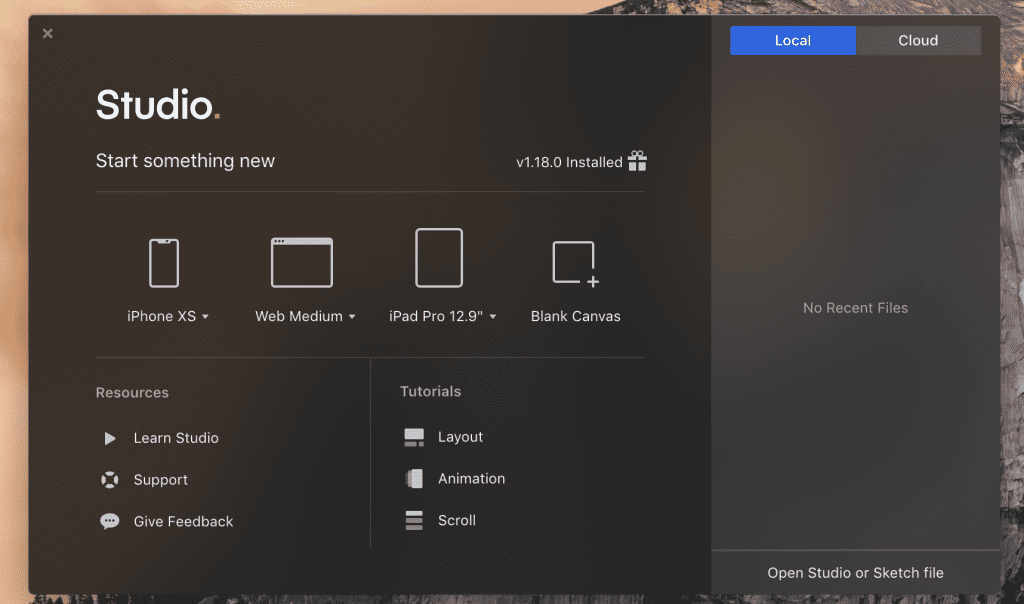
Designers reported using InVision primarily as a secondary tool, often in conjunction with other primary design software. Figma and Sketch.
The signs were clear, especially with Figma's increasing influence. Designers would regularly perform tasks in Figma that they used to do in Invision, all within a single experience. Not just individual designers, but teams of designers were using Figma to share designs and share them with stakeholders in the business.
This shift signaled a change in preferences and priorities within the design community, as they sought tools that offered more integrated workflows and advanced features. So, with all that said, could InVision turned the tide had they got Studio out the door and into more designers' MacBooks?
Competition: The Rise of Rivals
Figma seems to be one of those rare companies that are leaps and bounds ahead of the competition. Releasing a new update every month wasn't unusual for Figma, but Studio on the other hand... well, its development seems like a bit of a slog in comparison.
They also gambled on making their software architecture a little too like Sketch, in that you had to download and install it to get the best with it. Figma turned this on its head by having the same functionality in the browser as they had in their app.
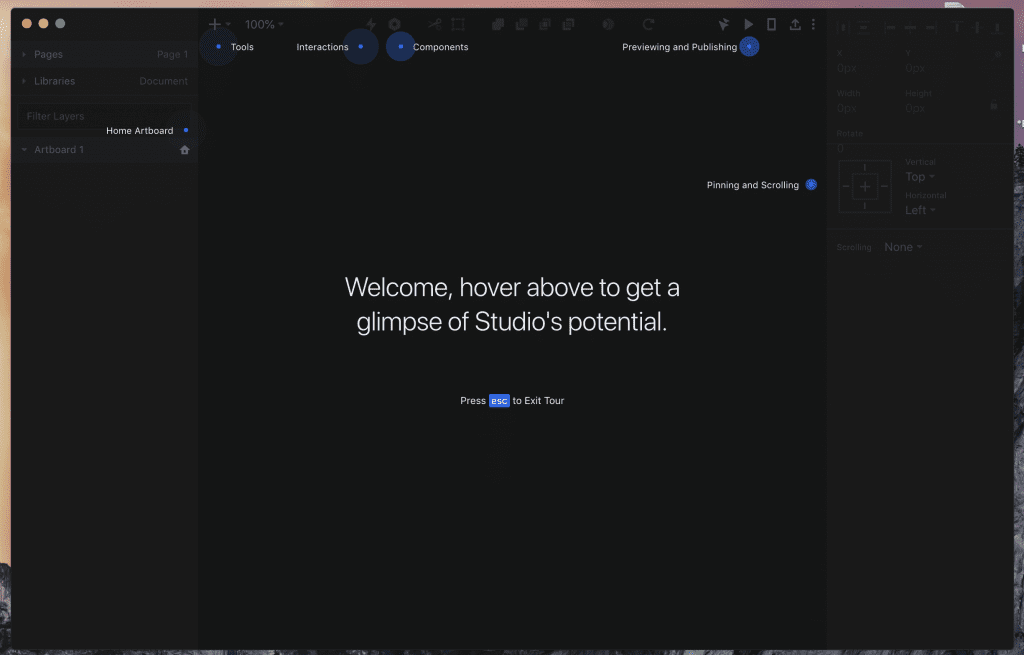
Further still, Figma’s collaborative approach quickly gained popularity for its seamless design-to-prototype transitions, leaving InVision scrambling to justify Studio and what it could do for designers.
The fact is, outside of animations, it couldn't do a whole lot more or even anything considered on par with competitors.
While Figma was showing the flexibility of designing within a browser-based environment, InVision had developed a poorly performing piece of software that was compared poorly to another particularly slow app, Sketch.
The competition highlighted InVision’s weaknesses, particularly in areas where it failed to innovate or match the offerings of its rivals.
Delayed Features: A Test of Patience
InVision Studio’s development cycle lagged, with highly anticipated features taking years to materialise.
For instance, the ability to organise prototypes into folders—a basic yet crucial part of the experience—was not introduced until five years after users first requested it. Five. Years.
In reality, this was a sign of things to come for Studio. Features would not only be delayed but they'd be forgotten about entirely as InVision decided it would be best to wind the project down altogether.
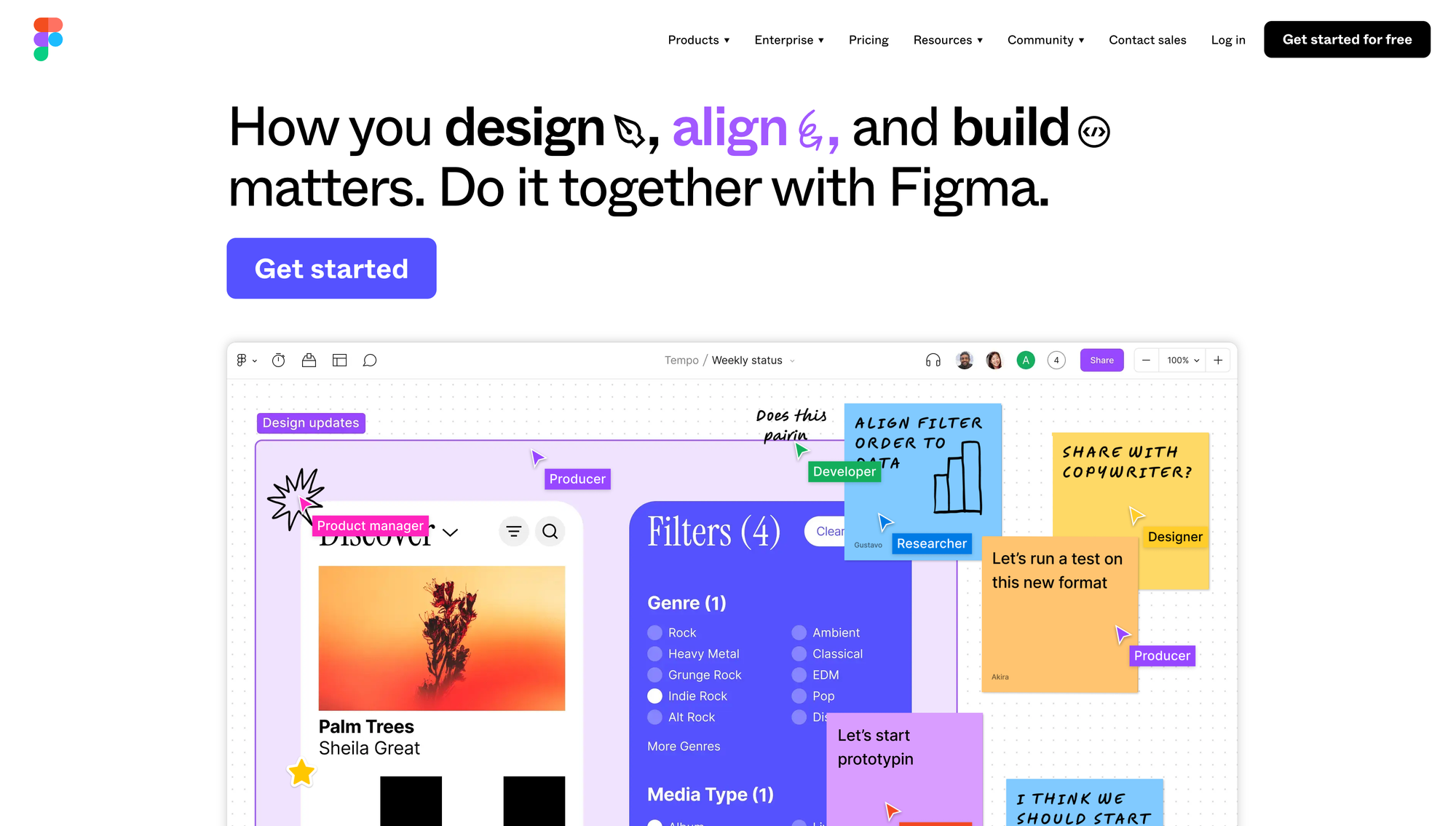
In the meantime, Sketch kept churning out updates regularly, and Figma was doing the same, lightning-fast.
This sluggish pace of development tested the patience of the design community, leading many to seek out alternatives that could better keep up with their needs.
Product Vision: Losing Focus
Outside of wondering what InVision was up to most of the time, users perceived their general product vision as scattered and unfocused, and this was undoubtedly attributed to the failure of Studio.
As this comment from Hacker News states, "Invision actually tried building its own Sketch clone! It's hard to find much about it today, but Invision Studio was an attempt to move up the value chain and build the design app that feeds the Invision prototyping experience. It was extremely ambitious, and it fell absolutely flat."
Instead of fortifying the core aspects of their most popular platform, and branching outwards from that, InVision seemed to chase after other markets by cherry-picking ideas from other platforms, and shoving them into Studio.
This had not gone unnoticed, and this is how I and many other designers felt at the time.
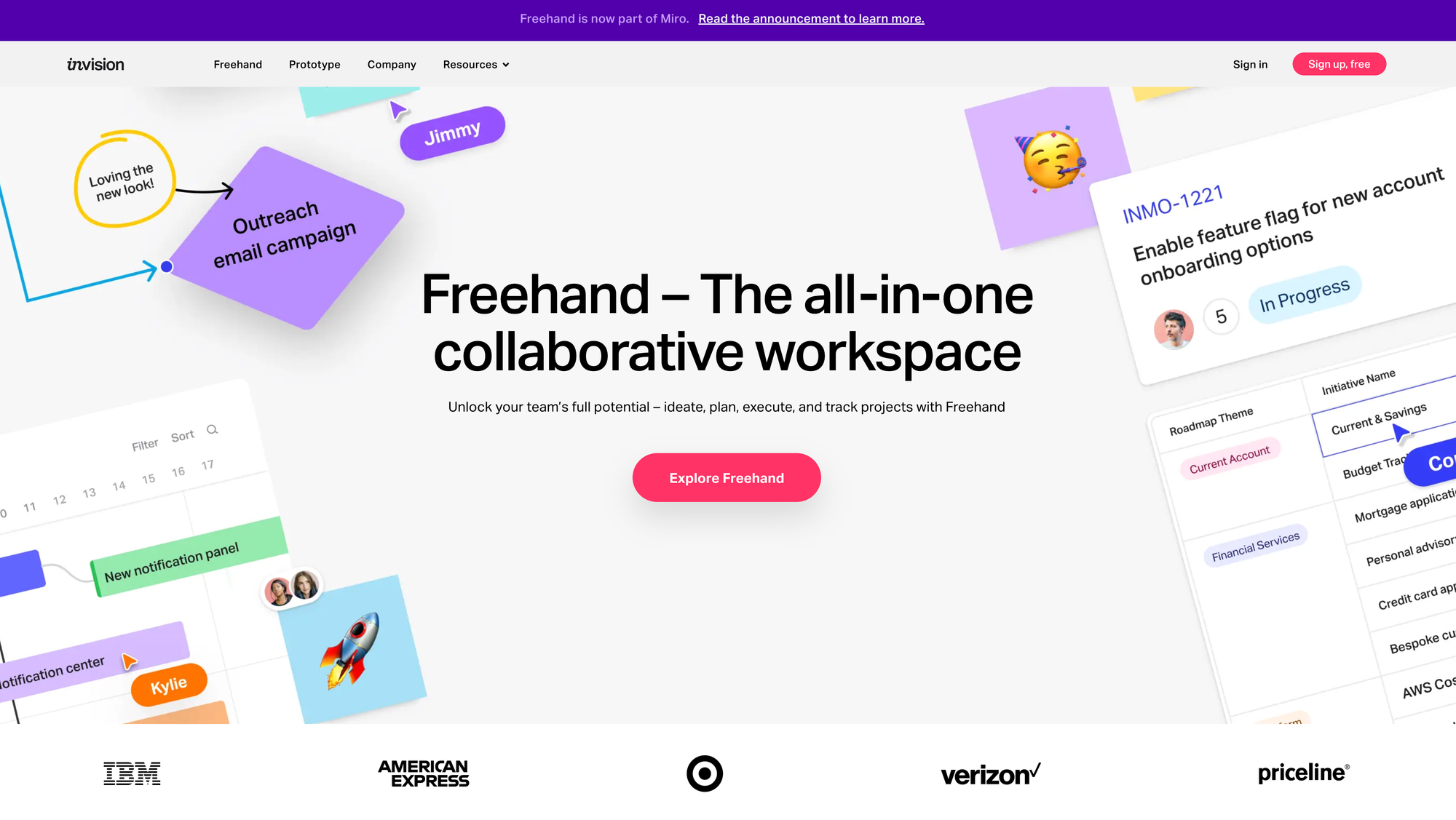
From 2015 to 2017, my daily workflow incorporated InVision alongside Sketch, and I also explored the beta version of InVision Studio.
The prototyping features offered by InVision were riddled with issues and felt like a step backwards when compared to legacy tools in the same category. This left me in serious doubt about InVision Studio’s potential for success.
The beta version of the Studio was notably sluggish and lacked stability, leading me to believe that it was obsolete even before Figma became prominent in the industry.
Customer Trust: Eroding Confidence
Probably the biggest issue of all, especially with the combined issues above, is that of a lack of trust in InVision.
The repeated delays and unfulfilled promises eroded customer trust in InVision Studio. Even when promises were fulfilled, they came with unspoken performance disclaimers. At least in my head.
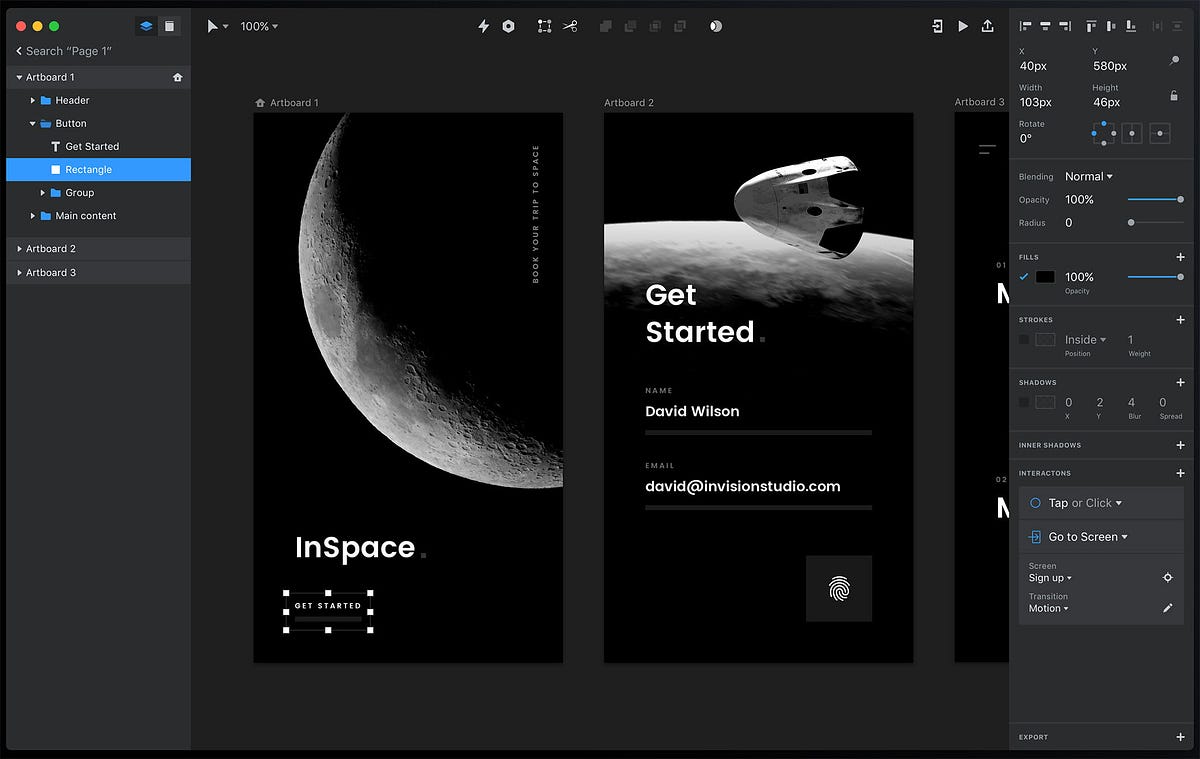
Opening up Studio to find it would immediately crash, or crash while you're in that wonderful state of flow during a design session, was just too much for me.
Designers expressed frustration over the company’s inability to deliver on its roadmap, leading to a loss of confidence. Trust is a critical component of customer loyalty, and once it was compromised, it became increasingly difficult for InVision to convince its users of its commitment to their needs.
I remember opening Studio one last time, willing to give it a chance, only to be greeted with an error message which meant very little to me. It shut down, and that would be the last time I'd ever venture into the broken realm of Invision Studio.
Me and countless others.




Comments ()